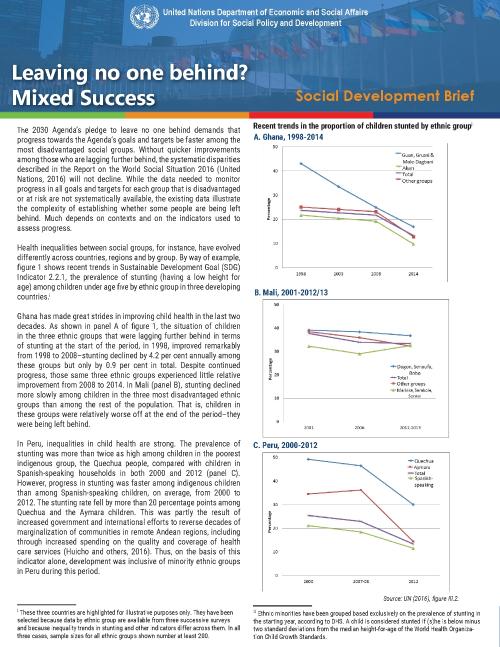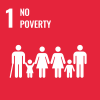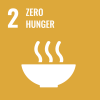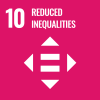The 2030 Agenda’s pledge to leave no one behind demands that progress towards the Agenda’s goals and targets be faster among the most disadvantaged social groups. Without quicker improvements among those who are lagging further behind, the systematic disparities described in the Report on the World Social Situation 2016 (United Nations, 2016) will not decline. While the data needed to monitor progress in all goals and targets for each group that is disadvantaged or at risk are not systematically available, the existing data illustrate the complexity of establishing whether some people are being left behind. Much depends on contexts and on the indicators used to assess progress.
Health inequalities between social groups, for instance, have evolved differently across countries, regions and by group. By way of example, figure 1 shows recent trends in Sustainable Development Goal (SDG) Indicator 2.2.1, the prevalence of stunting (having a low height for age) among children under age five by ethnic group in three developing countries.
 Welcome to the United Nations
Welcome to the United Nations



